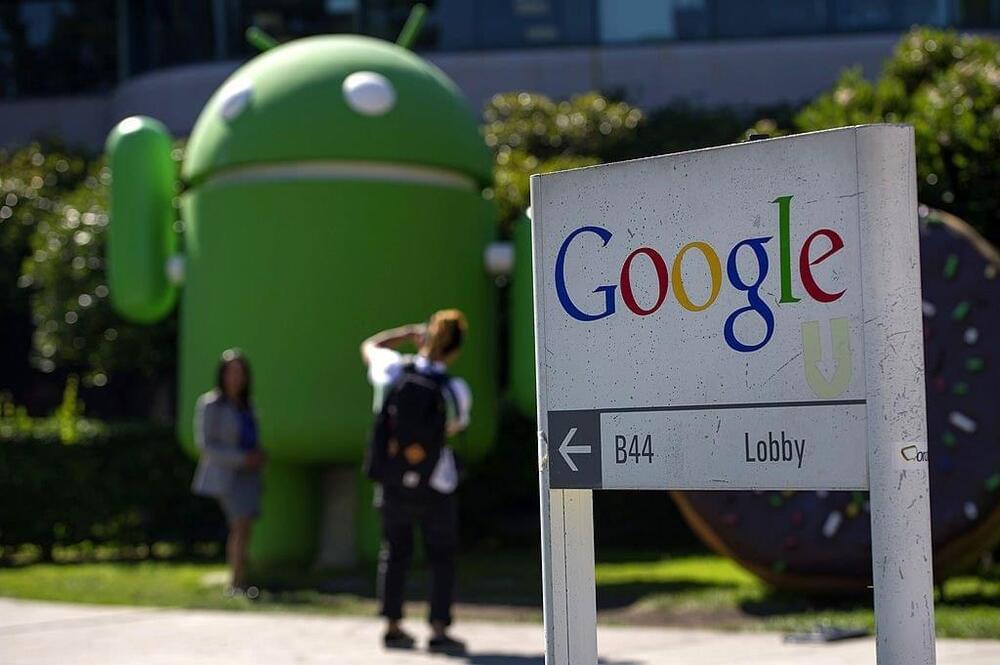Black holes are terrifying objects that never let anything escape them!
Scientists just brought black holes to the human planet.
Black holes are terrifying objects that never let anything escape them!
Scientists just brought black holes to the human planet.
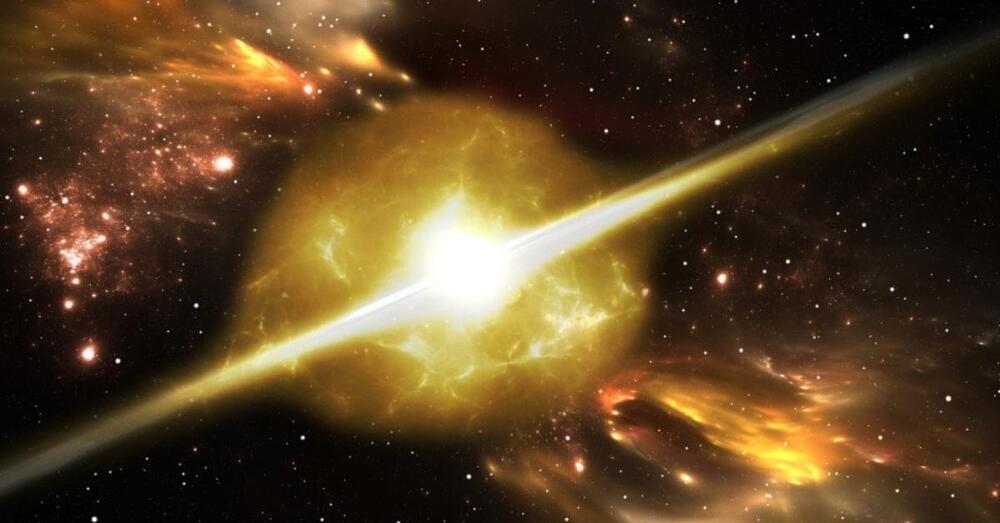
A physicist from the University of Campinas in Brazil isn’t a big fan of the idea that time started with a so-called Big Bang. So Instead, Juliano César Silva Neves imagines a collapse followed by a sudden expansion, one that could even still carry the scars of a previous timeline.
Updated version of the previous article.
The idea itself isn’t new, but Neves has used a fifty-year-old mathematical trick describing black holes to show how our Universe needn’t have had such a compact start to existence. At first glance, our Universe doesn’t seem to have a lot in common with black holes. One is expanding space full of clumpy bits; the other is mass pulling at space so hard that even light has no hope of escape. But at the heart of both lies a concept known as a singularity – a volume of energy so infinitely dense, we can’t even begin to explain what’s going on inside it.

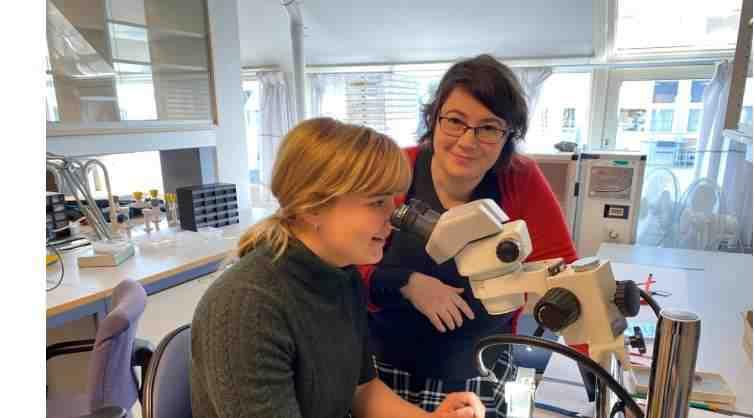
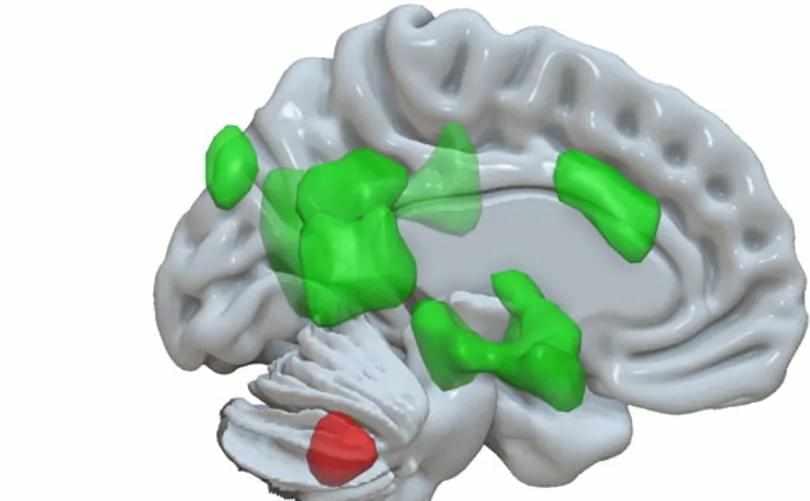
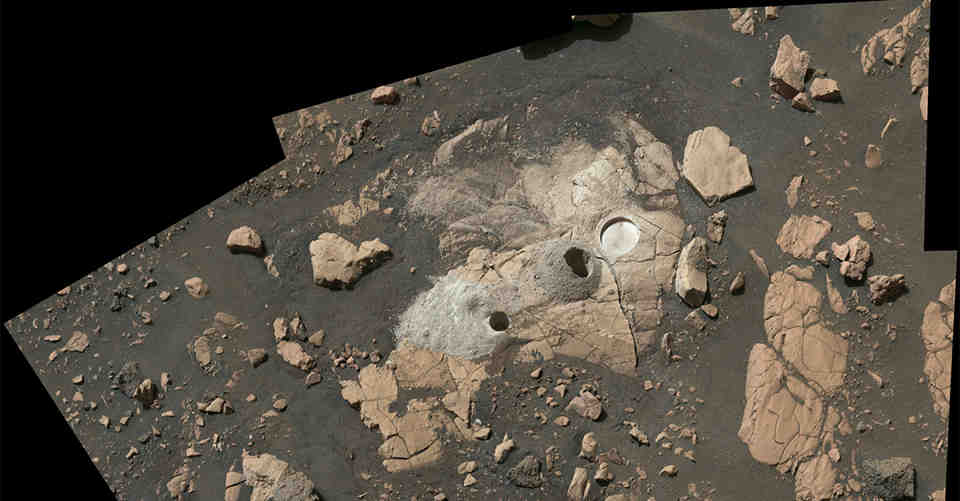
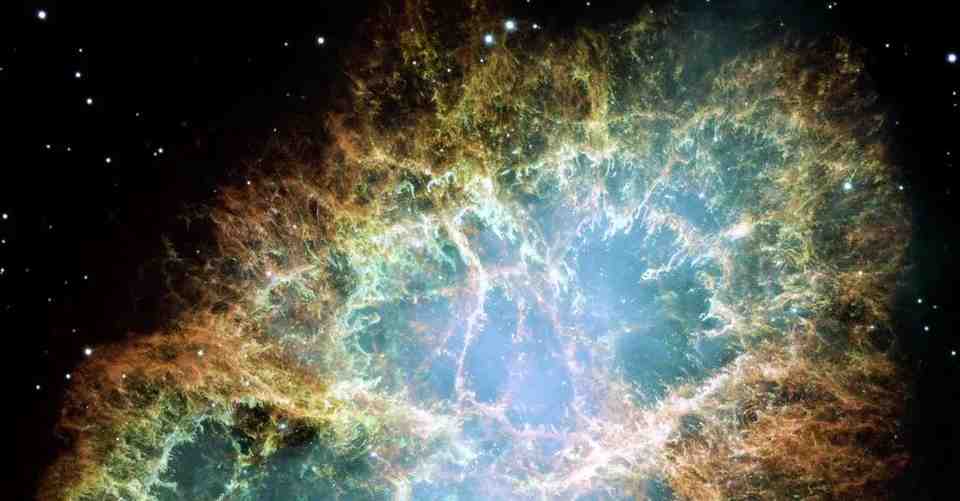
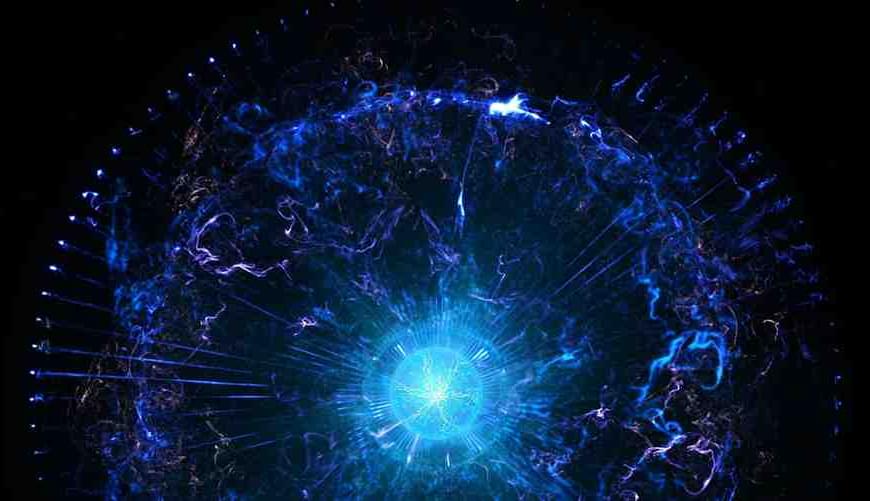
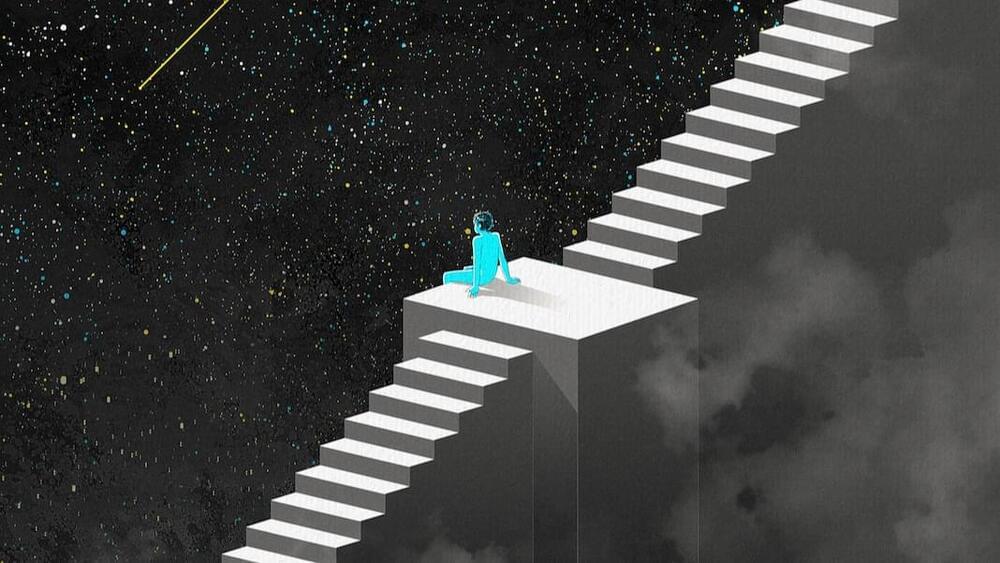
The fact that our actions have an impact on the large number of people who will live after us should matter for how we think about our own lives. Those who ask themselves what they can do to act responsibly towards those who will live in the future call themselves ‘longtermists.’ Longtermism is the ethical view that we should act in ways that reduce the risks that endanger our future, and in ways that make the long-term future go well.1
Before we look ahead, let’s look back. How many came before us? How many humans have ever lived?
It is not possible to answer this question precisely, but demographers Toshiko Kaneda and Carl Haub have tackled the question using the historical knowledge that we do have.
